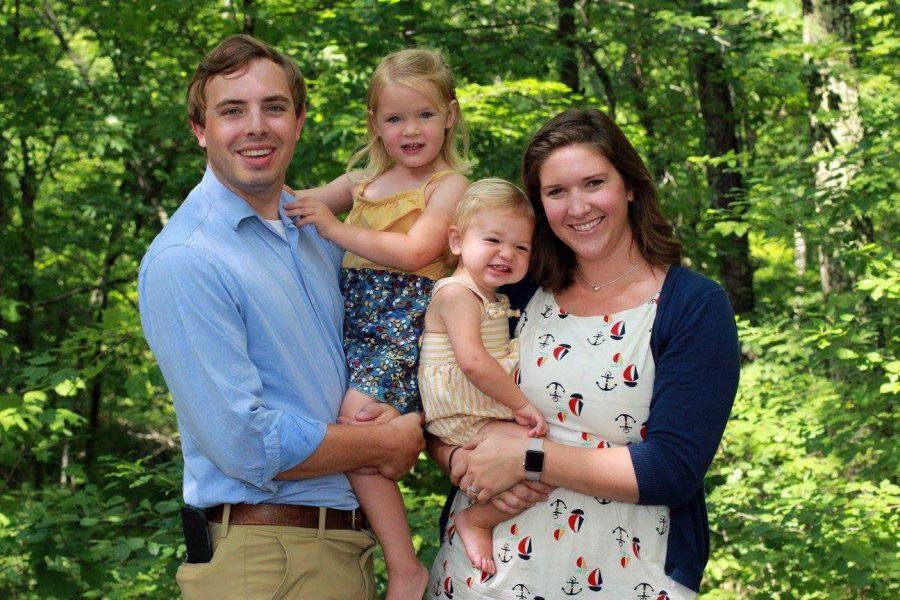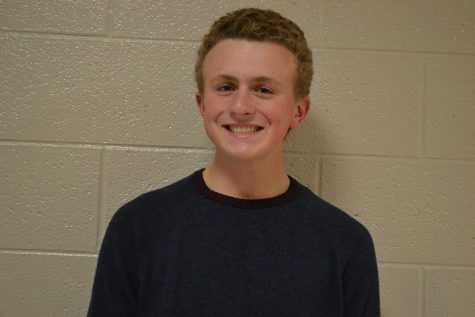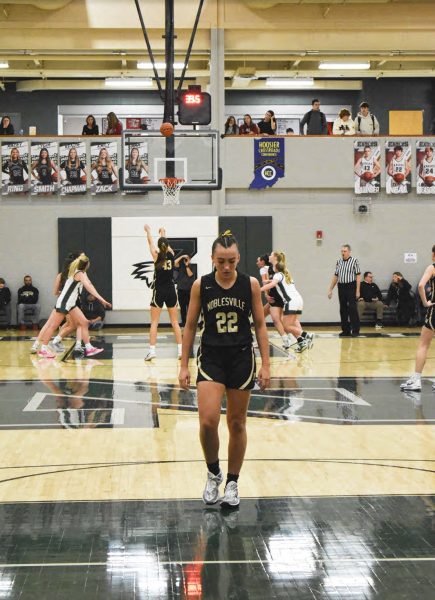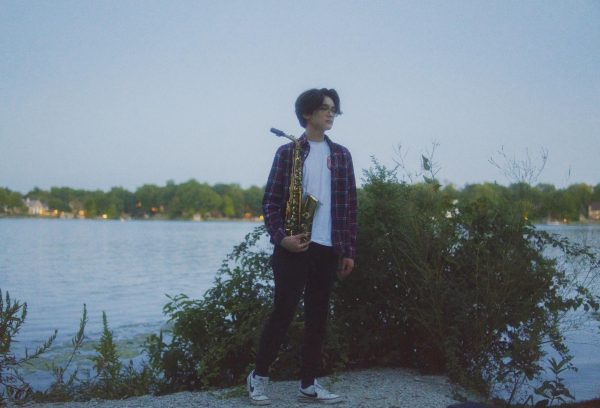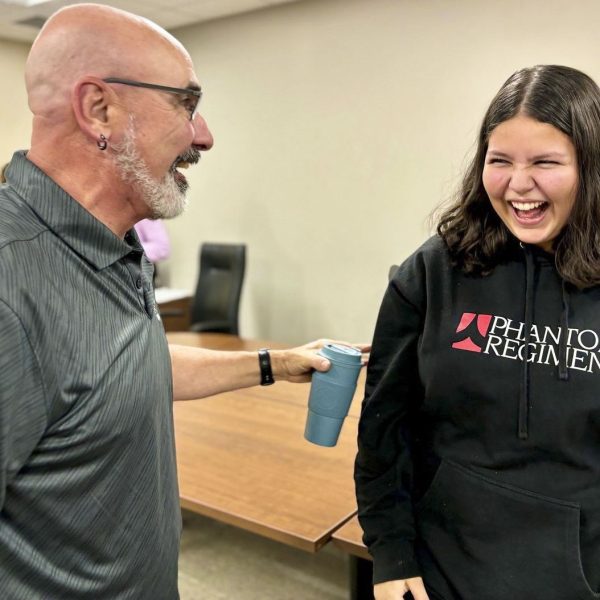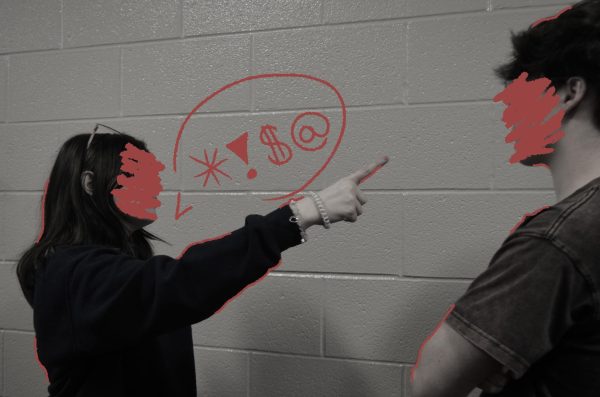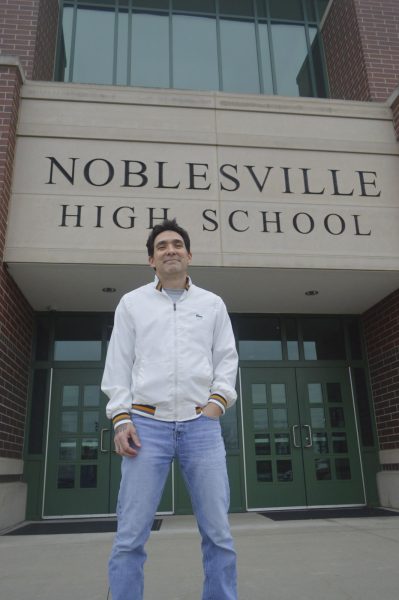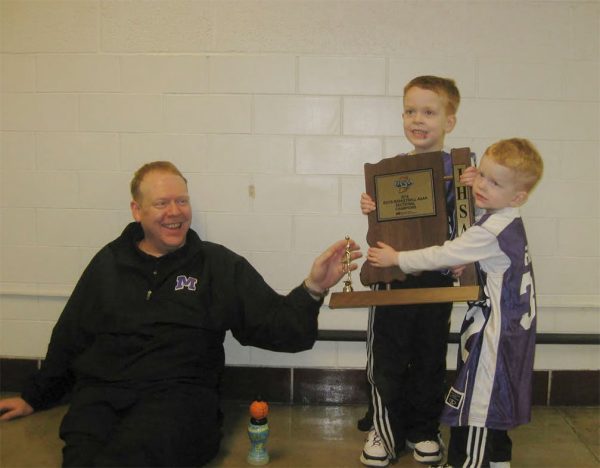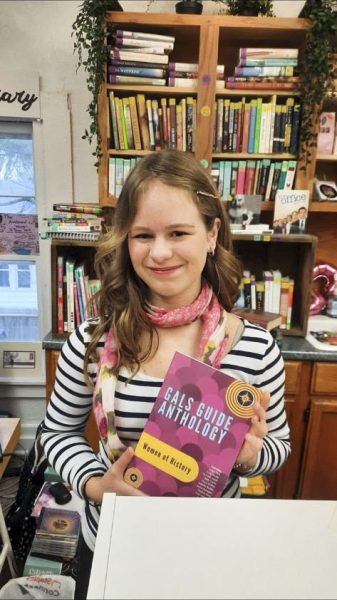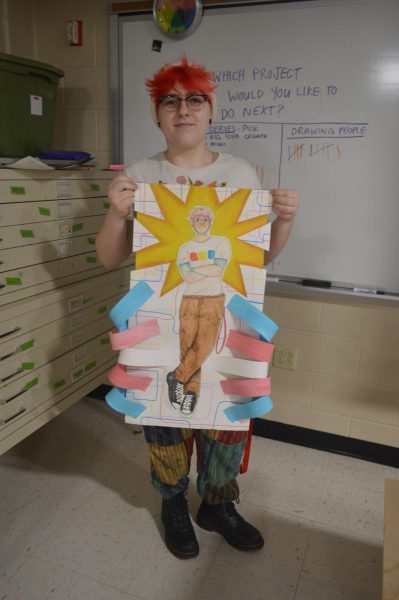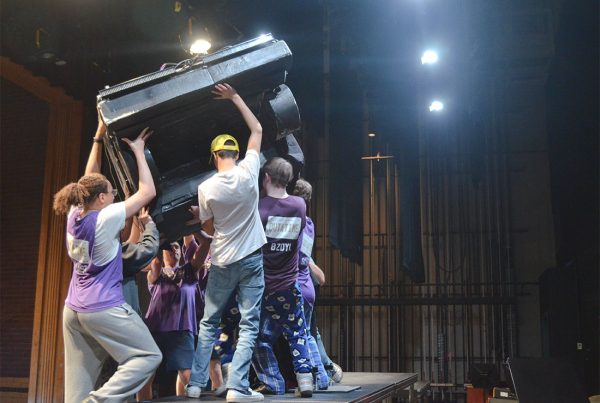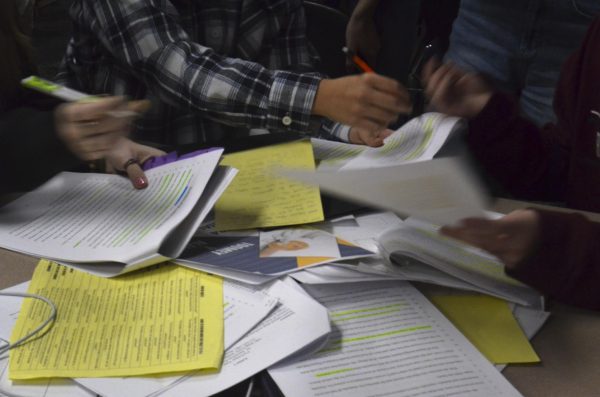Bilingual Baby
The Ayers family poses for a portrait. Isabelle, left, and Ana, right, are three and a half and one and a half, respectively.
December 7, 2016
At the age of one and a half, most of us would be getting a handle on walking efficiently and beginning the insurmountable journey of hardships known as “potty training.”
For the two daughters of an NHS Spanish teacher, early childhood life is a tad more complicated with working knowledge of two languages.
Most NHS students know John Ayars as “Señor”, but Isabelle, aged three and a half, and Ana, aged one and a half, just call him “Dad”. Or “Padre”. At a young age, John Ayars has been instilling the Spanish
language his daughters with the hope of eventual fluency.
“The way that I implement Spanish is the same way one would implement English as a parent. I just talk to my kids in Spanish,” John Ayars said. “It’s not so much an implementation as much as a mindset that when I talk to my kids, I do so in Spanish.”
Being the main speaker of
Spanish to his daughters in a mostly English speaking community, John Ayars aims for high exposure to the language.
“I’d say about ninety five percent of the time I’m speaking in Spanish,” John Ayars said. “But let’s say for example my oldest daughter throws a toy across the room. I know she doesn’t quite yet have the vocabulary to understand the higher level thinking required for talking about feelings so I might switch to English for those moments.”
For many in the United States, learning one language is enough. For the Ayars girls, benefits of bilingualism serve to expand their horizons beyond the United States
“I’ve always felt that learning another language is really
important,” John Ayars said. “For me, it’s important because, when you can speak another language, you’ve opened your world up to everyone who speaks that language. For Spanish, there are 500 million speakers worldwide. I just wanted my children to have that.”


